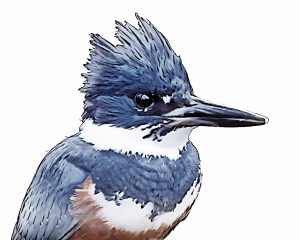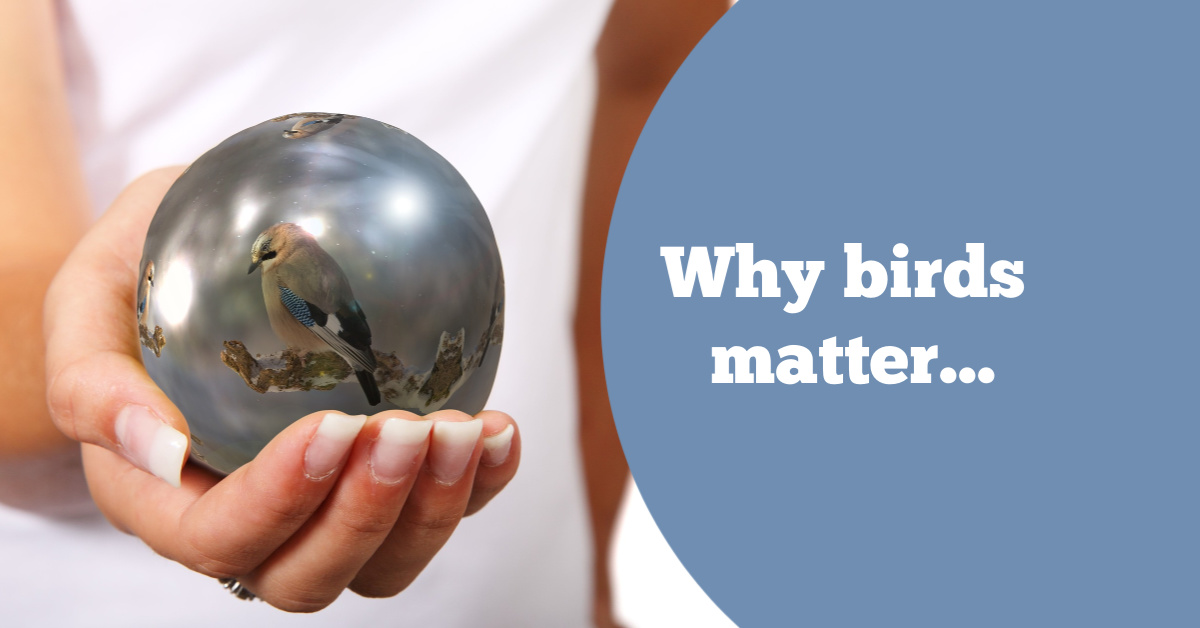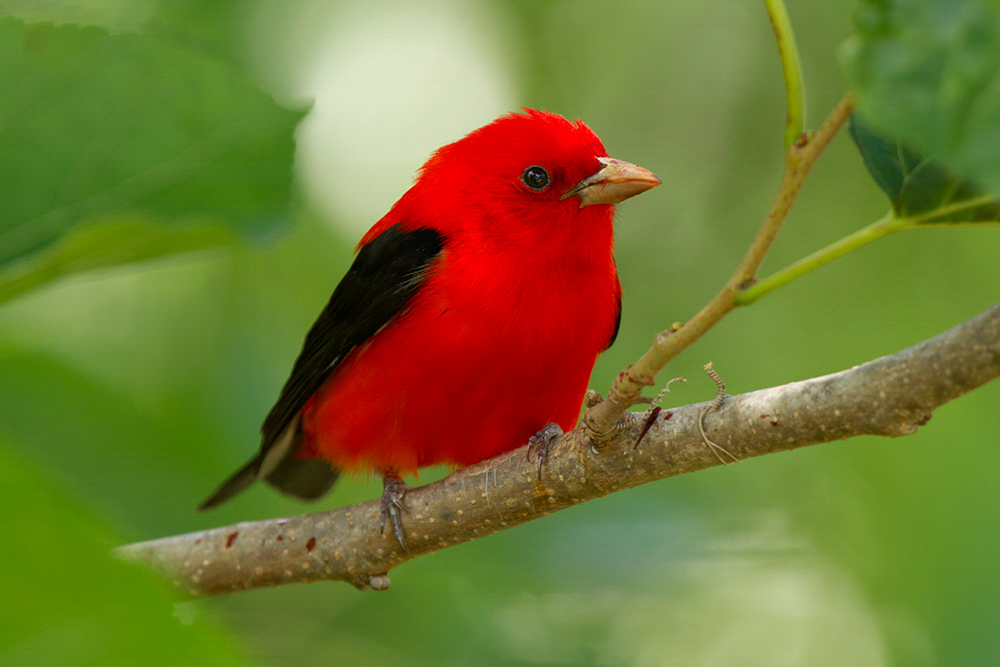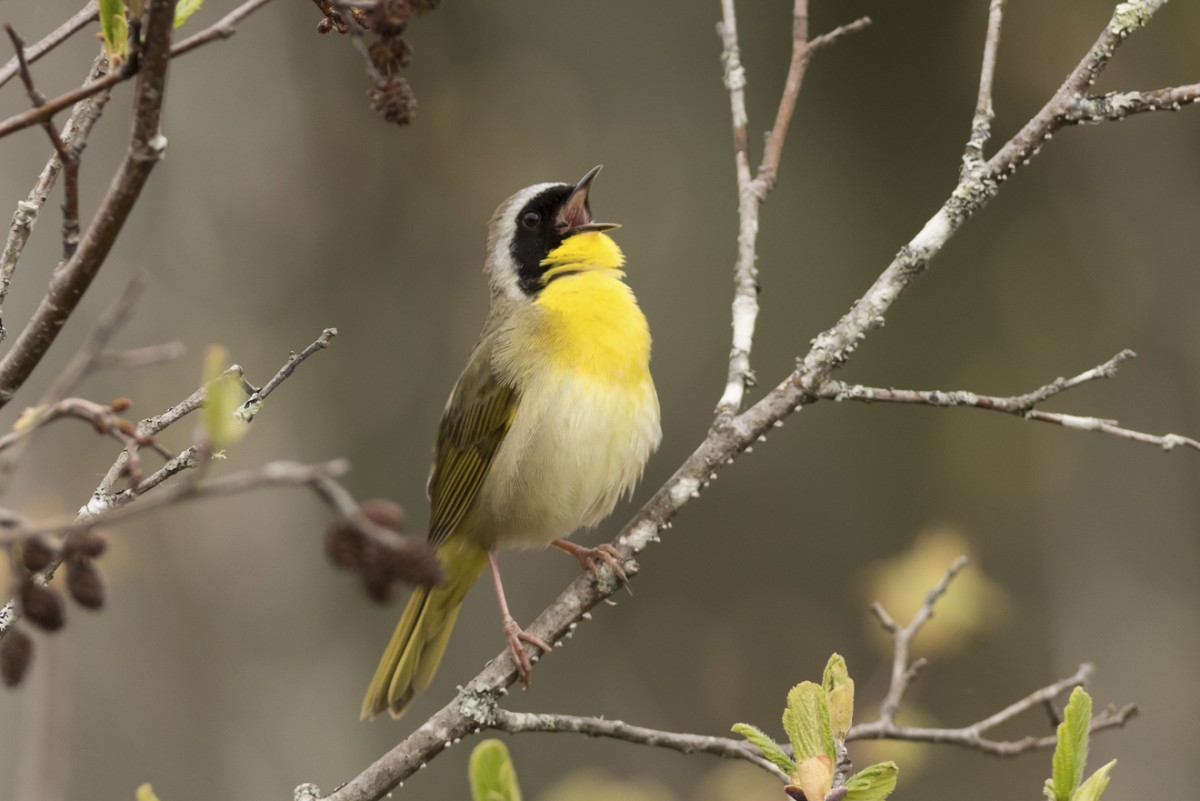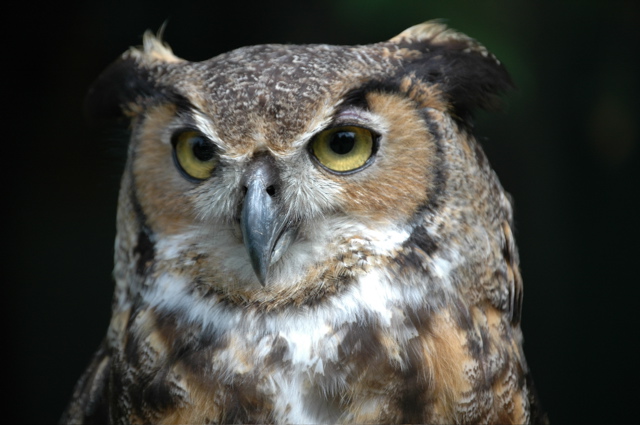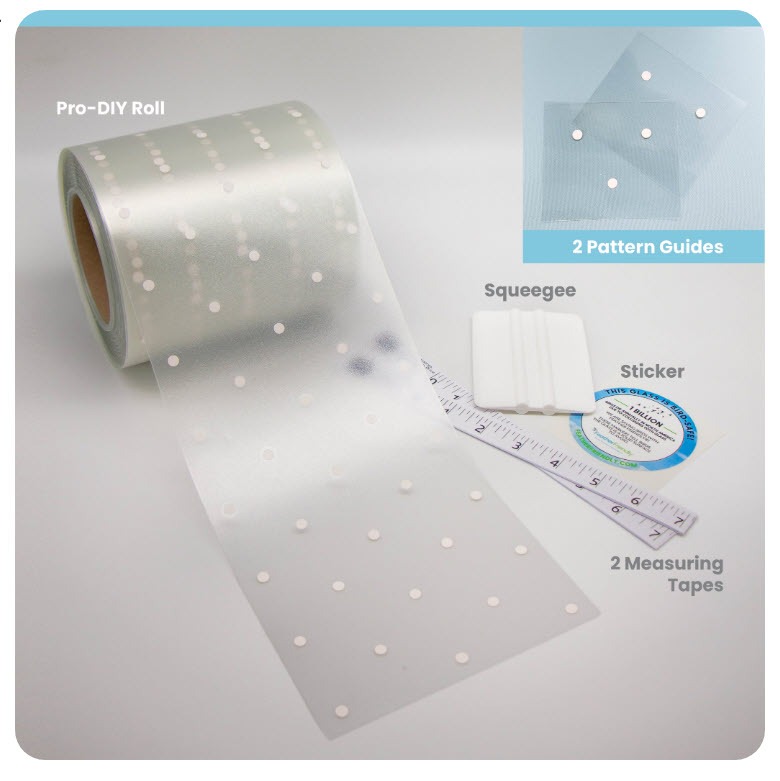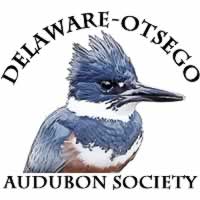What to Watch for, What to Do
Whether you’re taking a lazy paddle on a lake, seeking an elusive warbler in the treetops, even walking down a city street, invasive species are everywhere. Invasive species disrupt native ecosystems, cost our economy billions of dollars each year, and can directly and indirectly cause injury and illness. And it seems like there’s always a new one making news.
In this online program, Jeff O’Handley examines the problem of invasive species and shares some of his experiences battling yellow floating heart, hemlock woolly adelgid, European frog-bit, and other invasives. Don’t be fooled by these harmless sounding names, they can be hard to find, but they’re even harder to get rid of!
The program includes a broad overview of invasive species, including where they come from, how they get here, and why some introduced species aren’t a problem. Jeff also goes into greater detail about several invasive species in our area, including how to identify them, where they’re found, and their impact locally. Finally, Jeff provides participants with some ways they can help control the spread of invasives, and get involved with control programs in their area.
This program was hosted and recorded by the Delaware-Otsego Audubon Society on Friday, February 16, 2024.
Jeff O’Handley is the program director for the Otsego County Conservation Association where he is frequently found butt-deep in a swamp or freezing in the forest–and loving it. A lifelong interest in science and nature led Jeff to study Wildlife Management at Cook College, Rutgers University, but he soon found great enjoyment in environmental education. Jeff’s career has taken him from tiny museums and expansive state parks to the heart of New York City. Jeff and his wife, DOAS board member and former co-President, Susan O’Handley moved to Hartwick in 2003 and formed Wildlife Learning Company, which provided environmental education programs throughout the region. Jeff joined OCCA in 2013.
Links from the program:
New York State Department of Environmental Conservation:
dec.ny.gov/nature/invasive-species
Note that with DEC, there are many sub-pages for individual species that may be easier to find by using your search engine. Entering ‘Asian longhorned beetle new york state,’ for example, should turn up DEC’s page as the top item. (also note it’s important to specify ‘state,’ lest you end up with nothing but New York City results)
———
New York State Invasive Species Clearinghouse:
https://nyis.info/
Excellent site that includes species profiles and information on state and federal regulations.
———
Partnerships for Regional Invasive Species Management https://dec.ny.gov/nature/animals-fish-
plants/invasive-species/resources-regulations/invasive-species-partners.
———
New York State created eight regional networks for coordinating invasive species management. These PRISMs carry out research, management, outreach and education activities. Most of the DOAS region falls under the purview of:
Catskills Regional Invasive Species Partnership (CRISP).
https://www.catskillinvasives.com/.
———
iMapInvasives:
https://www.imapinvasives.org/
An online, GIS-based data management system, iMapInvasives is used to collect and share data about invasive species populations across regions. Reporting can be done with or without an account (it’s free). iMap also runs regular training and information sessions and holds reporting challenges throughout the year.
———
Spotted Lanternfly information
New York State Department of Agriculture and Markets: https://agriculture.ny.gov/spottedlanternfly
Report spotted lanternfly:
either email spottedlanternfly@agriculture.ny.gov,
or use this form at Ag & Markets: https://survey123.arcgis.com/share/a08d60f6522043f5bd04229e00acdd63
